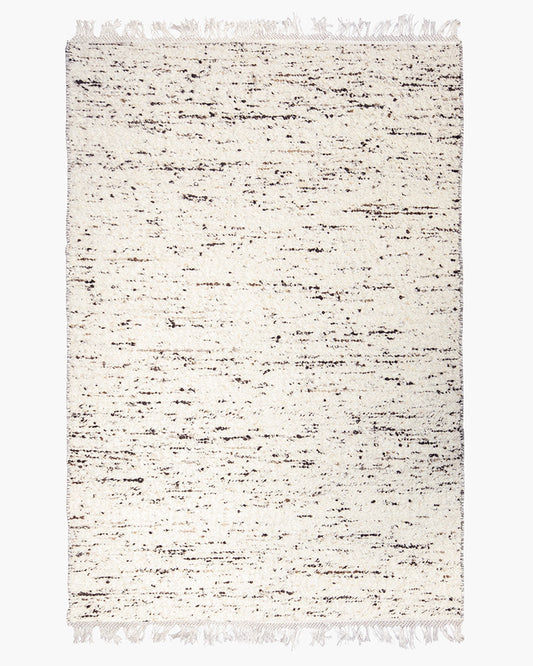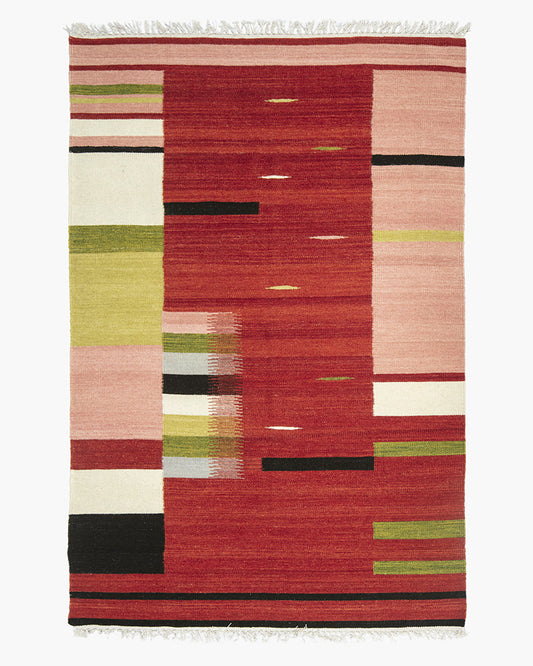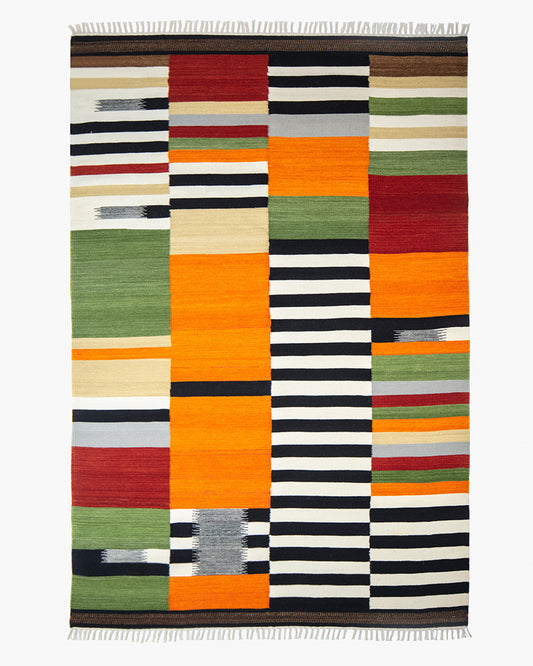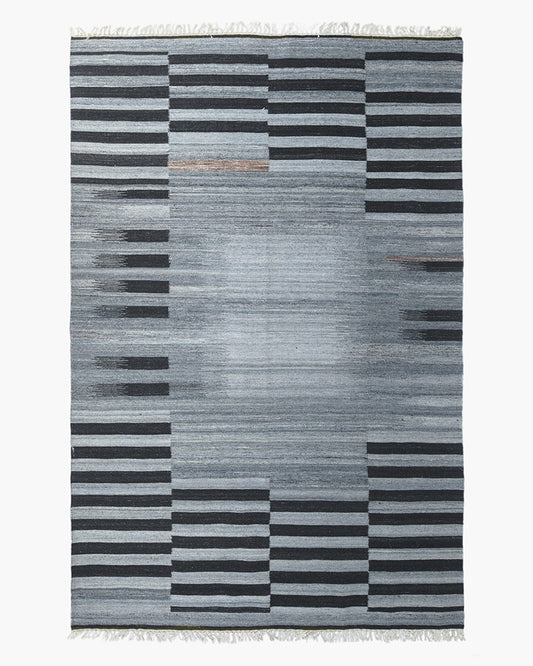
Dvarapala translates to “door guardian”. They are usually portrayed as fearsome, grotesque and purposefully intimidating giants and are believed to protect the property and their residence. The weapon of choice for a Dvarapala is a large club, and they occasionally use it as an arm rest as they stand their post.
Ancient trade routes
After noticing these characters in India, they seemed to follow me on my travels through my work trips in southeast Asia. They were standing tall at temples in Bangkok and carved into wood pillars in Katmandu. My personal favorites are the Dvarapala’s of Java, Indonesia. They are massive plump figures, sitting at the gates of ancient stone temples, striking fear into anyone entering with bad intentions. India’s ancient trade routs stretched across the afro-Eurasian continent, and parts of their culture and beliefs went with them. The proliferation of Dvarapala’s is just one example of India’s massive cultural prowess for most of written history.

But as illustrated when I was entering that newly built factory, these characters are not exclusive to ancient ruins. There are stone carvings of Dvarapala’s at the entrances of Indonesian truck stops and flanking the doors of modern air-conditioned malls. They stand (or sit) as a living tradition through many parts of Asia.
A history forgotten
It dawned on me a few weeks ago on a trip to Ottawa that this desire to embellish buildings with grotesque symbols is not isolated to the Asian sub-continent. Canada’s parliament hill, built in gothic revival style, is adorned with countless twisted faces and gargoyles. They were carved and set in place with the intent to protect. Old city hall in Toronto holds similar details.

Grotesque perched on Parliament Hill, Ottawa
The most direct representation of Dvarapala’s in western architecture would be the proliferation of lions guarding the entrances of institutional buildings. In Manitoba’s legislative building the grand staircase has two massive brass bison that politicians must walk between every day (“the ledge” as the building is known by Winnipeggers is so adorned with occult symbolism and superstition it deserves its own letter lunar letter).
From an architectural standpoint, the western world is now firmly planted in the material. We have spent the better part of the last century stripping new buildings of any animistic embellishment. I hope that as these Asian countries continue to modernize, they don’t throw away these practices as quickly as we did.

The two bison, Manny & Toba, at "The Ledge" in Winnipeg





1 comment
Hi, interesting piece of ancient & contemporary history. I like it. I have been working on my remix of Sun Tzu’s The Art of War & your article made me think the past is always with us. Hope to finish this long project & self publish it.